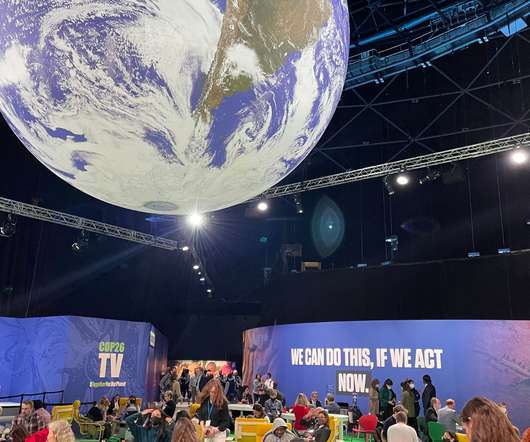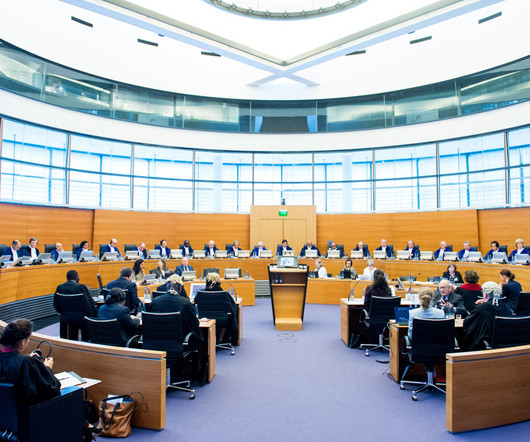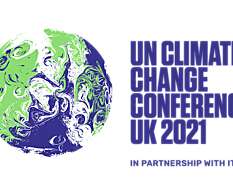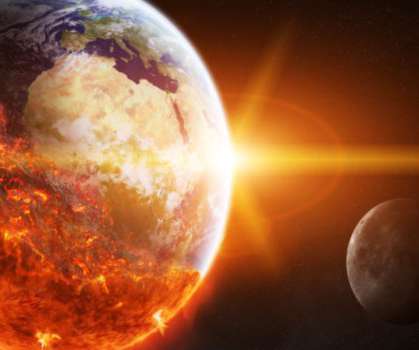Dr. Shaina Sadai Talks About COP27, Climate Justice, Sea Level Rise, and Corporate Accountability
Union of Concerned Scientists
OCTOBER 26, 2022
An expert on sea level dynamics and climate justice within the UN negotiations, Dr. Sadai is working to ensure that her scientific studies get in the hands of decisionmakers who are shaping our world today. How did we end up with global average temperature as a metric in the Paris agreement?














Let's personalize your content